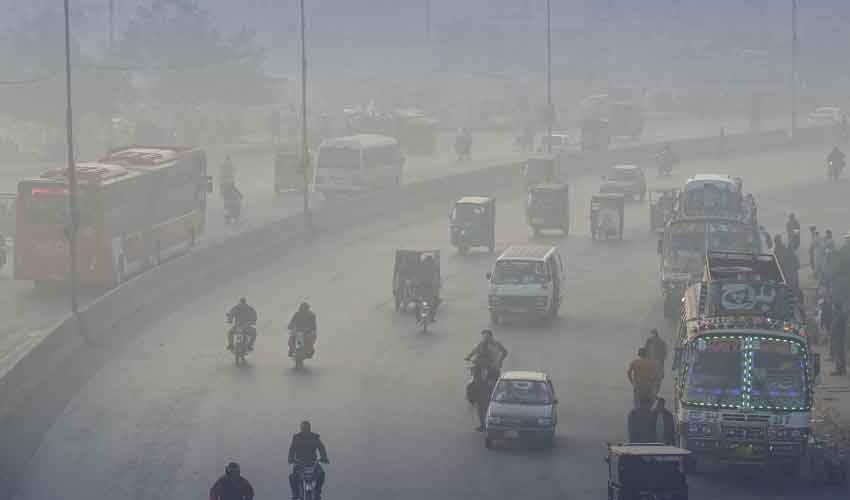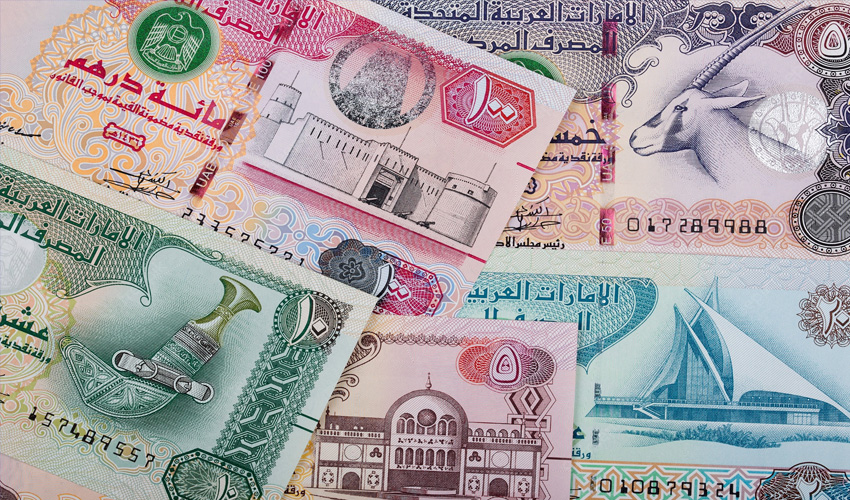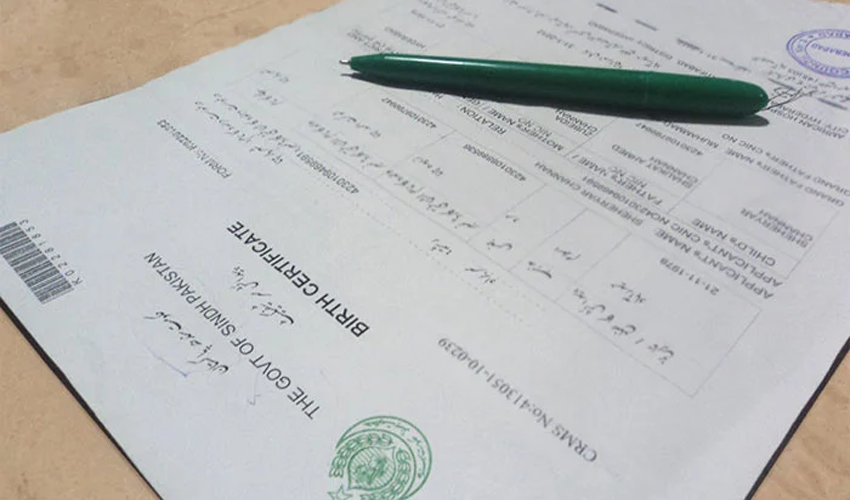Lahore is facing a severe air quality crisis, with pollution levels reaching dangerous heights across the city. The city’s overall Air Quality Index (AQI) hit an alarming record of 1,165 on Wednesday morning.
Some areas reported even higher AQI levels, with Defense Phase 8 reaching 1,696, Davies Road at 1,464, and Gulberg at 1,306, according to international air monitors. The concentration of harmful chemicals in Lahore's air is reported to be 131 times higher than World Health Organization guidelines.
The Environment Department has attributed the worsening air quality to polluted winds from Delhi, India, which have been blowing east to west, affecting Lahore and its surrounding areas.
The polluted air forms a triangular impact zone, severely impacting Lahore and extending to the northern districts of Pakistan. Officials noted that a shift in wind direction, expected around noon, might bring some relief as winds begin to move from west to east.
Health experts are advising citizens to stay indoors unless absolutely necessary and to wear protective masks if venturing outside. With toxic levels of pollution, prolonged exposure is particularly hazardous for children, the elderly, and those with respiratory issues.
Punjab Senior Minister Marriyum Aurangzeb highlighted ongoing efforts by the Punjab government to mitigate the effects of smog, urging citizens and businesses to voluntarily support the emergency measures.
She warned that the government might be forced to impose a full lockdown if air quality continues to deteriorate. Aurangzeb called on restaurants and shops to manage their activities to reduce traffic congestion, which contributes to the worsening air quality.



























